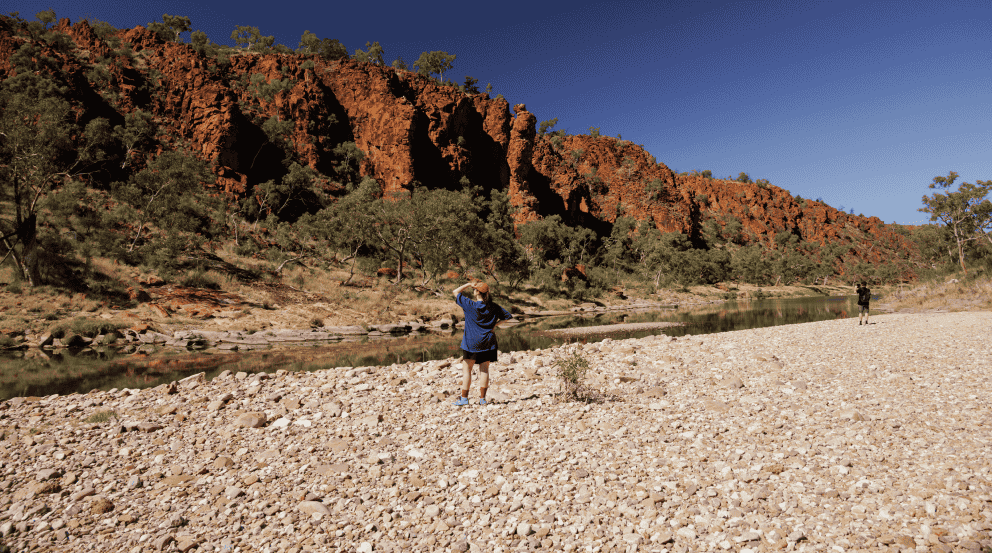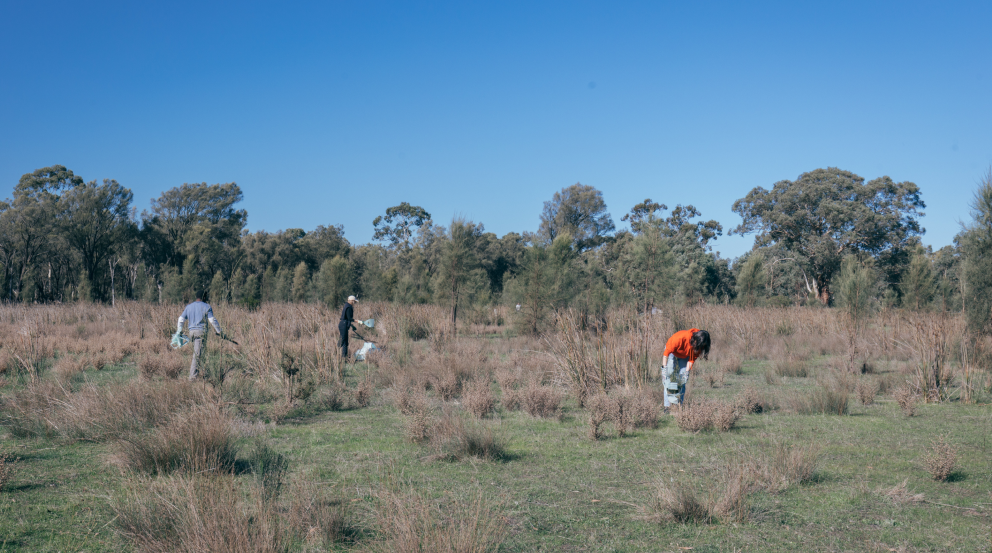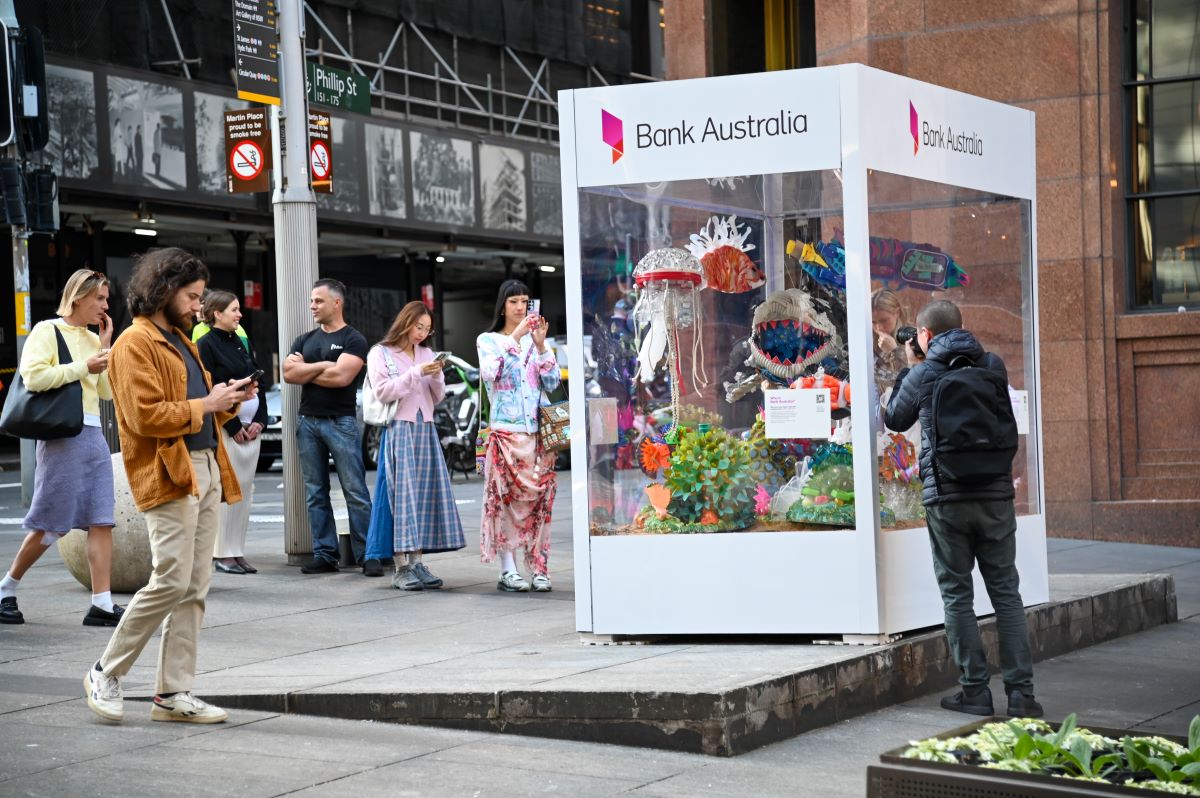Reducing their carbon footprint has always been a priority for Marian and Jake, who made sustainable upgrades to their 1930s brick home in Melbourne’s inner north.
“We moved in with a newborn baby and a three-year old, and had a small gas heater and little insulation. We wanted to make upgrades to increase the comfort of our home, and make those as environmentally conscious as possible,” says Jake.
Marian and Jake made several improvements to their home over the past 5 years, including installing solar panels, which provides the electricity they use to charge their e-bike on sunny days. They also installed heat-pump-powered hydronic heating, replaced their gas hot water system and cooktop with a heat pump and induction stove, and added a rainwater tank they use for gardening.
LiamNeal-03486-740x499-2e3ab6d.jpeg)
“We’re not off grid, but a big chunk of the time we are using our house to supply our own resources for water and energy, and that feels very good,” says Marian.
Small behaviour shifts enabled the couple and their two children to maximise the irrenewable energy usage, such as checking their energy monitor before putting the washing on, or waiting for a cloud to pass over before turning on the kettle. Marian and Jake are also happy their kids will grow up seeing these behaviours as part of their everyday routine.
“You know, they are only 3 and 6, but they already know about those sorts of things. It’s very rewarding,” says Marian.
LiamNeal-03553-740x499-e291d6d.jpeg)
Installing solar panels, an energy monitor, and an electric hot water system to replace a gas-powered system are some of the ways a household can qualify for a Clean Energy Home Loan (Eco Upgrade). This mortgage product rewards customers making energy efficient upgrades to their home with a reduced interest rate of their mortgage.
After renting for several years in the UK, Marian and Jake were excited to purchase a house when they moved back to Australia. Owning their home enabled them to make larger, structural changes to reduce their carbon footprint.
While certain renovations required more extensive research, others were relatively straightforward, and overall they feel their efforts have been well worth it.
“Knowing we’re doing our part to reduce our carbon footprint has been the best change, ”says Marian.
LiamNeal-03781-740x499-a0f023f.jpeg)
The couple has also saved on their utility bills and expect to see their return on upfront investments in renovations increase over the years ahead.
Funds invested in the Impact Term Deposit pilot refinanced Marian and Jake’s home loan and more than 50 other Clean Energy Home Loans, which are helping our customers live more sustainably. Ultimately these loans aim to contribute to an increase in energy-efficient homes in Australia, and reduce emissions from housing.
LiamNeal-03695-1500x516-088a40c.webp)







